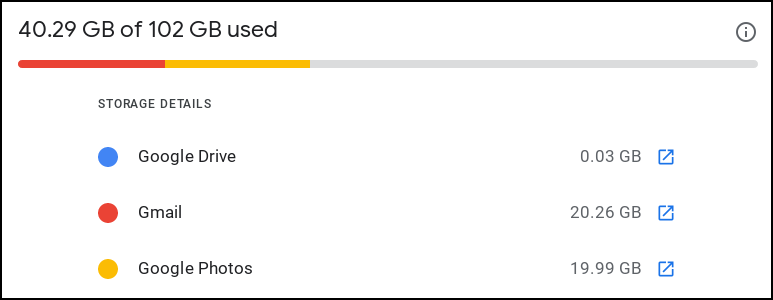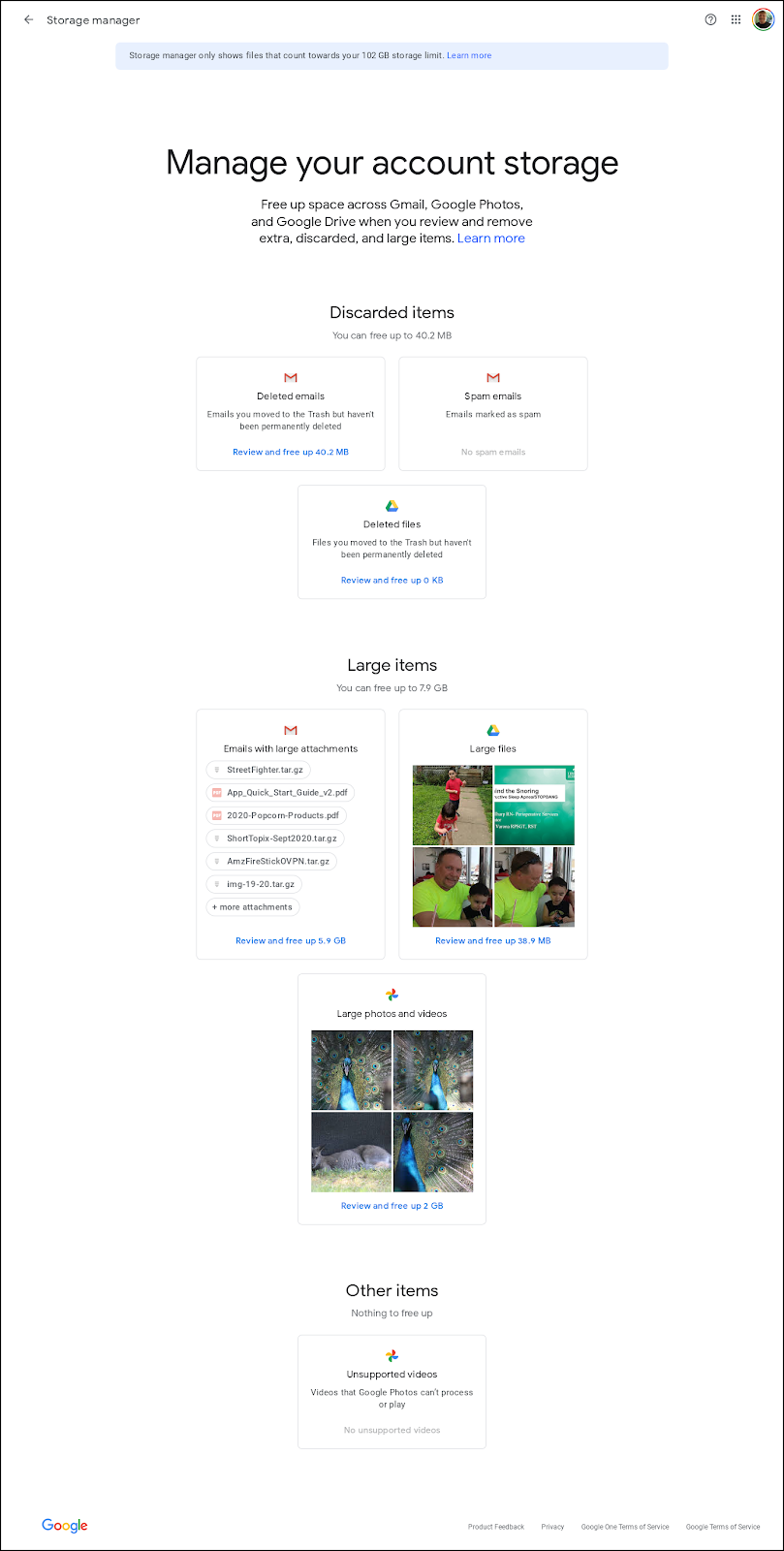| Previous
Page |
PCLinuxOS
Magazine |
PCLinuxOS |
Article List |
Disclaimer |
Next Page |
Tame Your Gmail Beast |
|
by Paul Arnote (parnote)
I admit it. I've had a Gmail account since the time it was a Google beta product. I scrambled, begged, pleaded and whatever else I could do to get someone who was already in the beta program to send me an invitation to join the beta program. Gmail started up April 1, 2004. I started with Gmail February 18, 2005. It took me 10 1/2 months to finally get an invitation to the Gmail beta. Today, I use Gmail as my primary email. I know. I know. There are a lot of you who are going to chastise me, pointing out how evil Google has become as they have strayed from their original "mission", and you would be correct. Putting profits over people/users will do that every time. But there is nothing else out there that offers the convenience or ease-of-access that Gmail offers, thanks to its inclusion in basic Android devices as the default email service. Over the years, my Gmail account has "blossomed" to contain over 207,000 emails. When Gmail started, Google informed users that they would never have to worry about running out of email space ever again, and that users could keep/archive their emails FOREVER. I must have taken them literally. I get around 150 emails a day, and I actually delete about half of them before I ever start reading the remaining emails. Actually, Google gives Gmail users 15 GiB of free email storage. While it sounds like a lot, it might not be sufficient for users starting out the third decade of the 21st Century. When it isn't enough, you might have to resort to actually doing a little "house cleaning" in Gmail to free up some of the needed space. Fortunately, Google provides some tools to help with that task. First, go here. This is the One Google site that breaks down how much storage your various Google services consume.  The first part of the page breaks it all down by qualifying Google services. For full disclosure, I have "upgraded" my Google storage to 100 GiB (for which I pay $1.99 per month). As you can see from the screen capture above, my Google Drive only consumes 0.03 GiB, Gmail consumes 20.26 GiB, and my Google Photos consumes 19.99 GiB (yes, we shoot a lot of pictures).  Right below that breakdown of storage space consumed, is another section that explains ways to free up some of your Google storage space.  Clicking on the link brings up a page similar to the one displayed above. It starts with ways to free up space by getting rid of discarded items. From this section, it points out that I can reclaim 40.2 MiB of storage space just by cleaning out my "Trash" folder in Gmail. I usually do this once every two to four weeks, anyways. I'm pretty diligent about keeping my Spam folder emptied out, and that is reflected by the report of no spam in my Gmail account. I also have no discarded items in my Google Drive. So, my total potential storage savings are 40.2 MiB. The next section recommends "large" items. In Gmail, this includes 5.9 GiB of space consumed by emails with large attachments. The vast majority of those emails are articles for The PCLinuxOS Magazine that have been emailed to me over the past 11+ years as the chief editor of the magazine. The other "suggestion" is to discard large files in my Google Drive and Google Photos, neither of which is likely to happen despite consuming approximately 2.4 GiB of space. Pictures and videos of the kids simply cannot be replaced. In the third section, "Other items," I have nothing there to cull. But wait! There's more! Of course, don't let your efforts to free up space in Gmail stop with what we've covered so far. You/I/WE can do better! First, you can delete junk mail from your inbox. You know, those emails that you didn't view as junk mail when you initially received them, but that are now (in hindsight) precisely junk mail. These can be emails from retailers, mailing lists and other sources that you thought (or maybe never did think) were important. Almost every one of these types of emails have the word "unsubscribe" in them. So, all you have to do is search your email for "unsubscribe" (be sure to include the quotes in the search criteria). Now, sort through all of those emails all at once. I suspect you'll find a lot of items that elicit a "why did I save that?" response. I know I have a lot of items that could probably be deleted using this method. For example, I get a daily email from the U.S. Postal Service telling me what's coming in my mail. The service is called "Informed Delivery." Once I've received that/those physical piece(s) of snail mail, I have no idea why I feel the need to retain those emails, but I do. The same thing goes for all the "sales" from both online and big box retailers that I never seem to get rid of. Why would I need to save an email from a "sale" that ended three, four, six years ago from Costco, Walmart or Home Depot? An alternate method would be to go through and search for emails from individual retailers, and delete all but the last, say, 90 days worth of emails. I dunno ... I just kinda pulled that number out of the air. But even still, it would go a long way to trimming some of the useless data stored in my Gmail account. Second, if you don't care to hang on to a bunch of emails from 10 years ago, you can get rid of old emails quite easily. Fortunately, Google makes it relatively easy to get rid of old emails based on when they were sent. In Gmail's search box, search for "older_than:1y" (without the quotes) to display all of the emails older than one year. If you want to search for emails older than three years, change the search command to "older_than:3y" (again, without the quotes). Similarly, you can also change the "y" in the search command to "m" for months, or "d" for days. Summary Back when Gmail was first introduced, 15 GiB of storage space sounded like a lot. And, it is. But if you're feeling a bit crowded in your Gmail inbox by all of those accumulated past emails, you can relieve the overcrowded conditions by investing just a little bit of your time. Of course, you will then have to keep your efforts up to avoid getting to that point again ... or repeat this process in a few more years. If you set your mind to it, you can find ways to tame the beast that is your Gmail account. |




